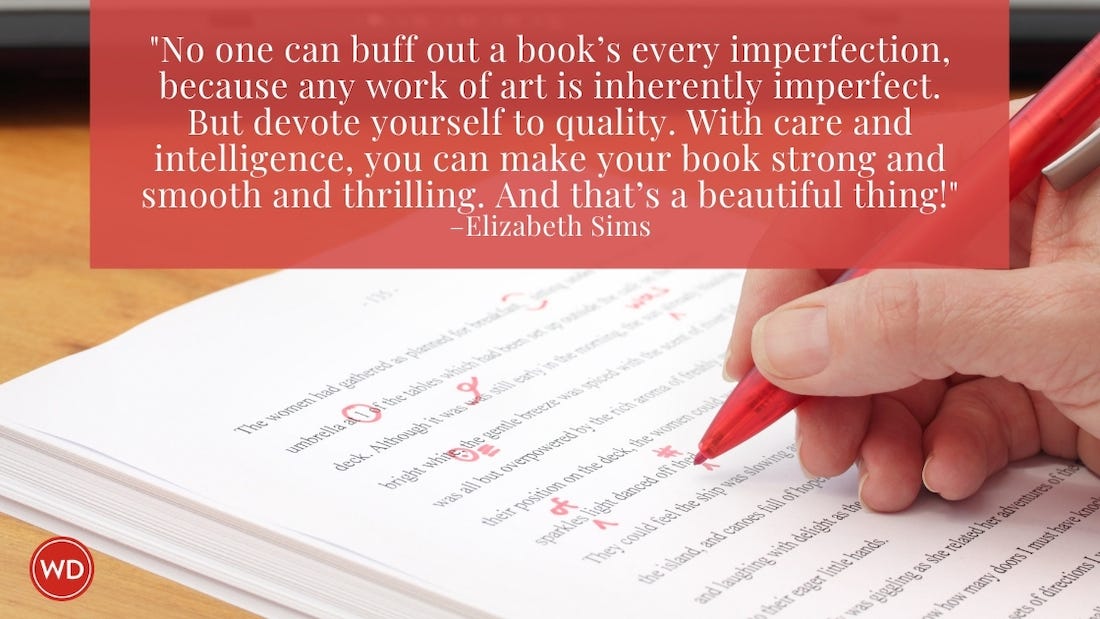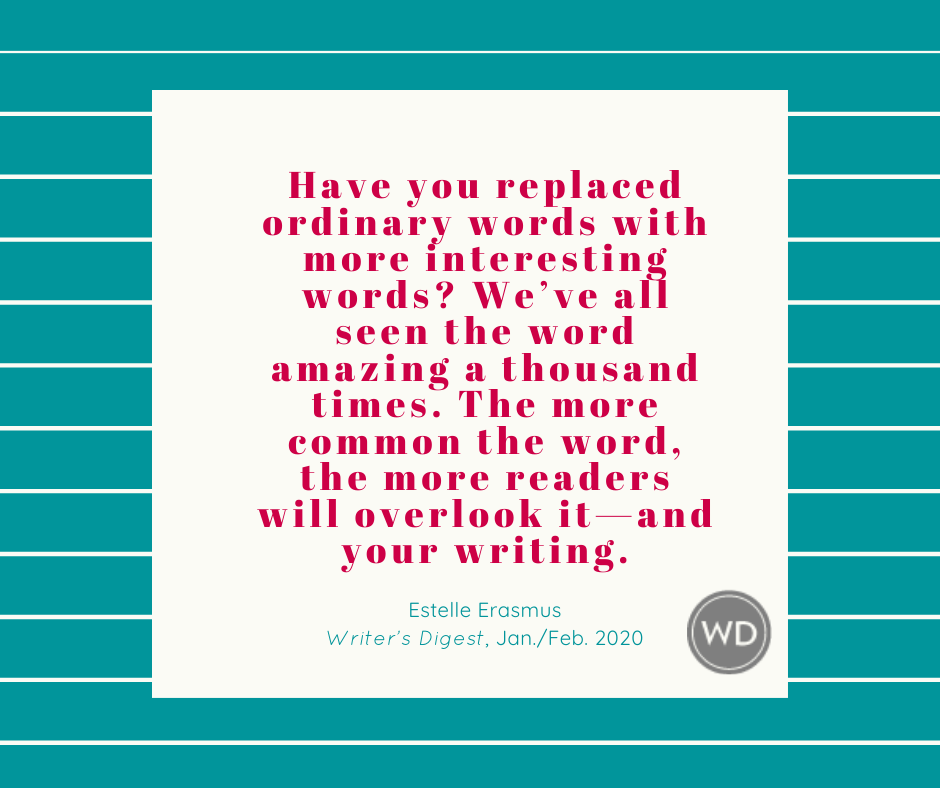Writing Exercise: Fiction Techniques for Nonfiction Characters
Try these writing exercises to improve the quality of your nonfiction characters. by Bill Roorbach with Kristen Keckler
1. PUT YOUR DAD ON STAGE
Think of a particular way your childhood perception of your father is different from your adult perception. Then come up with a scene that shows that childhood dad in action. If your dad wasn’t around, write about whoever ended up playing the role. Write the scene twice—once from your childhood point of view (language and all), and once from your adult point of view, the view from your desk as you write.
How are the scenes different? Can you work to make them even more different? Now try a new angle: Write the scene from your dad’s point of view. (Let’s call this fiction-in-the-service-of-nonfiction, since you can’t truly know what it was like to be him.)
2. BRING YOUR MOM ON NEXT
This time write a long passage describing your mother. Get the physical characteristics to put a picture of her in our heads, but also try for gesture, her favorite phrases, characteristic dishes, dress, hobbies, work, fingernails, figure, the works—including her subtlest subconscious methods of inducing your guilt. Keep it expositional.
3. UNITE YOUR CHARACTERS
Now write a scene featuring your parents together, a time when things were strained, perhaps. If you choose a happy time, do be sure you’re working toward dramatic tension. Again, two tries, first from the child’s point of view, second from the you sitting at your desk.
Excerpted from Writing Life Stories, second edition © 2008 by BILL ROORBACH WITH KRISTEN KECKLER, with permission from Writer’s Digest Books.
This article appeared in the May/June issue of Writer's Digest.Click here to order your copy in print. If you prefer a digital download of the issue, click here.









